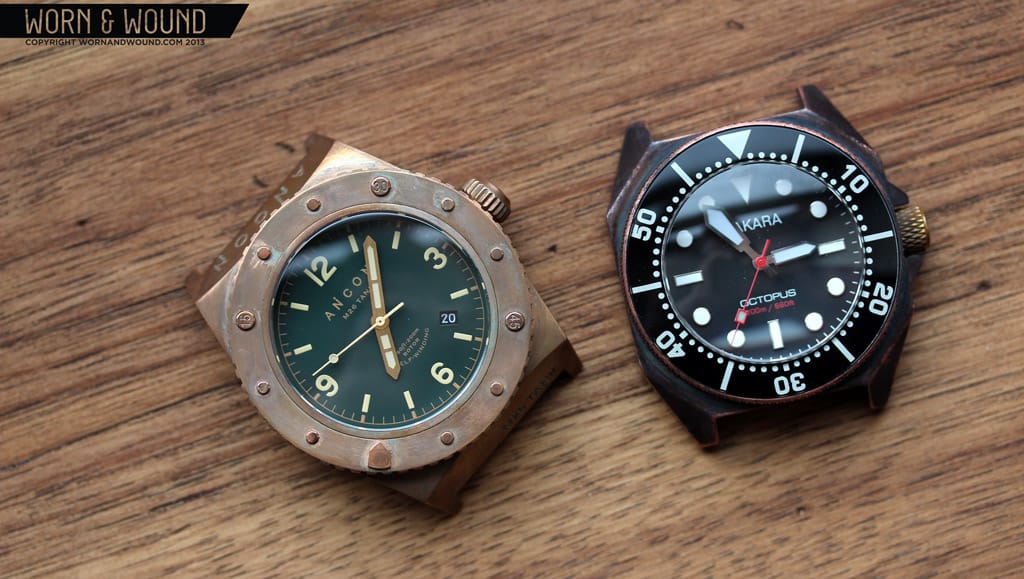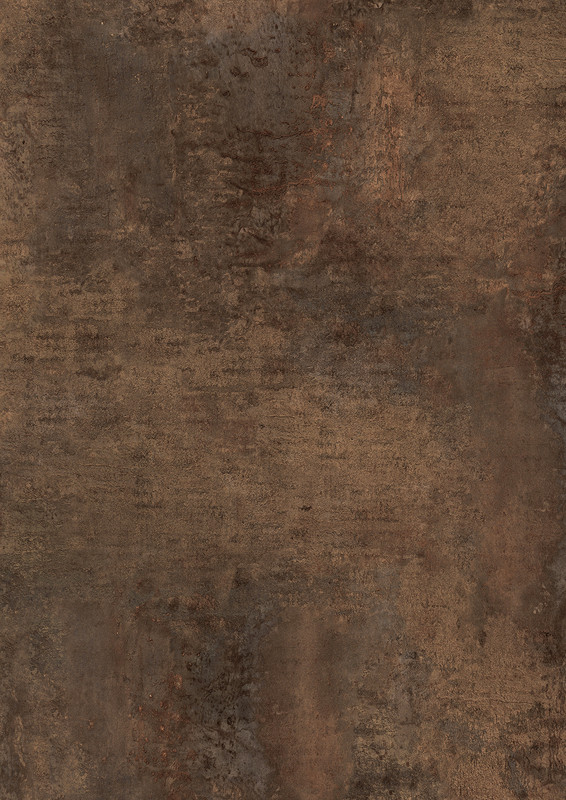
That give you different colors, hues and shades. Spraying it on, or by burying the sculpture in a chemical-soaked textured Of a bronze sculpture, can be applied to the surface by brushing or A patina, a chemical that colors the surface Residue from the surface so that the patina chemicals will stick.Īpplying the patina. The sculpture is chased, it is sandblasted to remove all particles and Any bubbles, marks or other imperfections thatĬame through during the casting are also filled in and touched up. The rawĬasting still has the gates and sprues-now made of bronze-attached.īronze chasers remove the gates and sprues, as well as the scars this Is re-moved from the bronze casting with chisels and hammers.
#Bronze patina urine crack
To spray a crack if they see one, to stop the crack from forming andĬhasing the bronze.

If there is a crack in one of the ceramic This is the stage where, if things are going Then bronze, heated to between 2,200 and 2,300 degrees Fahrenheit, Sand is there to support the invested piece,to keep it from tipping The ceramicmold from the oven and place it into a trough of sand.

To be filtered thoroughly and reused in another casting process.Ĭompletely, tech-nicians wearing heat-resistant suits and gloves remove Sometimes this wax is collected, or reclaimed, The wax melts and pours out of the ceramic gates and sprues-which wereįormed in the mold around the wax casting-leaving an empty ceramic mold Or kiln for two to three hours at approximately 500 degrees Fahrenheit. The ceramic-covered wax casting is put into a burnout oven The wax casting is dipped in slurryĪnd sand alternately several times, over two or three days, to createĪ ceramic mold, or "investment." The invest-ment is allowedto dry for After it is evenly coated with slurry, the casting Sprues in place, now is dipped into a barrel containing a milky substanceĬalled ceramic slurry. They will assure that the bronze is evenly dis-tributed throughout the These tubes willĮventually form the conduits through which the wax will be "lost," and Next, wax tubes called gates and sprues are added to the wax replica. This process creates a lim-ited edition of multiple If the sculpture is to be produced in a limited edition,Ī separate wax model is made for each piece in a limited edition and

It goes to the next stage, because anything in the wax will come out The wax casting has to be completely perfect before Special tools on the wax replica to match the detail and texture of After a wax replica is made, chasers then use However, the wax casting may not retainĮvery tiny detail of the original, requiring additional work by foundryĬhasing the wax. When the wax hardens, it forms an almostĮxact duplicate of the origi-nal. The mother mold is put back together, and The originalĬlay model is usually completely destroyed in the process. The mold, and the inside of the mold is scraped clean. Of metal into the clay sculpture before the rubber and plaster moldsĪre applied to make the separation easier.) The model is removed from (Sometimes moldmakers will place shims or pieces Mold." After the plaster has hardened, the master mold is separatedĪlong a designated line. Together, these two molds make up "the master Therefore, the moldmakersĪpply a plaster of Paris (or plastic) mold, called a "mother mold," To be a hard back-ing to keep it in place. Because the rubber mold is flexible, there needs Once it is dry, you have a flex-ible rubber mold." Until you get the thickness you need, usually 3/16" to 1/4".It usually

To set overnight, then another small layer is ap-plied. It is applied a few milimeters at a time. In its liquid state and goes into every hole and crevice of the clay. Once the model is finished to the artist's satisfaction, it is takenĪpplying the rubber mold. It has to be trans-ferred into another material tomake it Unlike a water-based clay sculpture, whichĬan be fired, keptand sold, wax-based clay is good for nothing except This "original" of the artist's vision provides the basis for the mold. First, the artist sculpts a model in a wax-based clay. Is made, from the first model to the final mold to the finished piece. Following is an explanation of how a bronze sculpture


 0 kommentar(er)
0 kommentar(er)
